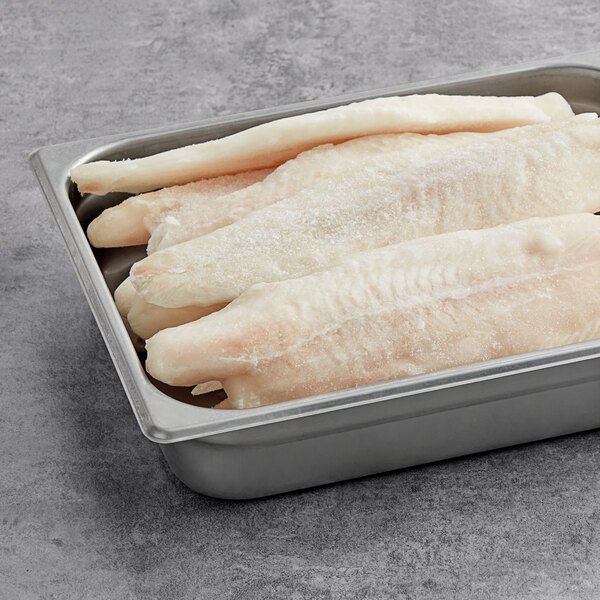Unveiling Truths: Why is Swai Fish Bad for You?
The seafood industry is vast and varied, offering a wide selection of options for your plate. One such option is the Swai fish, a type of catfish native to Southeast Asia. But a question that’s been swimming around quite a bit lately is: Why is Swai fish bad for you? Let’s dive deeper and find out.
What is Swai Fish?
Swai fish, also known as pangasius, is a type of freshwater fish that primarily hails from Vietnam’s Mekong Delta. It’s an affordable alternative to other white fish like cod or haddock, which has contributed to its popularity.

Credit: webstaurantstore.com
The Dark Side of Swai Fish
While Swai fish may be budget-friendly and versatile in recipes, it has been surrounded by controversy due to health and environmental concerns.
Low Nutritional Value
Compared to other fish varieties, Swai fish is noticeably lower in essential nutrients like omega-3 fatty acids. Its protein content is also comparatively lower, making it a less nutritious choice.
Contaminants and Antibiotics
Swai fish are often farmed in environments with poor regulation, leading to the potential for high levels of toxins and contaminants. These fish are also known to be regularly treated with antibiotics, which can lead to antibiotic resistance in humans.
Environmental Impact
Swai fish farming practices have been criticized for their environmental impact. Overcrowded fish pens and waste disposal methods can lead to water pollution, habitat destruction, and harm to other aquatic species.
Considerations and Alternatives
Not all Swai fish are bad for you, but it’s important to make informed choices. Look for certifications like the Aquaculture Stewardship Council (ASC) to ensure that your Swai fish is sustainably and responsibly farmed. Alternatively, consider other fish varieties like salmon or mackerel that are rich in nutrients and sustainably farmed.
